
Women write nearly as many books as men
A hundred years ago, a woman was the author of an average of one book in 20 published. Currently, this distribution is almost even. This marks a change of an era, and authorship is one of the best measures of gender equality in the long term, scientists conclude based on research of several million Polish and German publications.
-
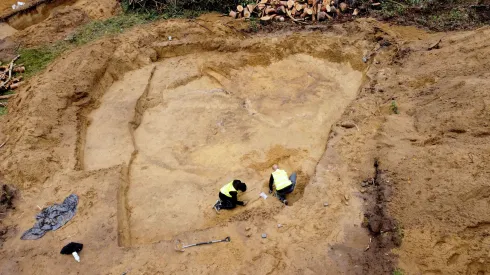
Viking’s Jomsborg could be on Hangman's Hill near Wolin, archaeologist say
A new hypothesis about the location of the Viking Jomsborg on Hangman's Hill near Wolin (West Pomerania) has been put forward by archaeologist Dr. Wojciech Filipowiak from the Institute of Archaeology and Ethnology PAS.
-
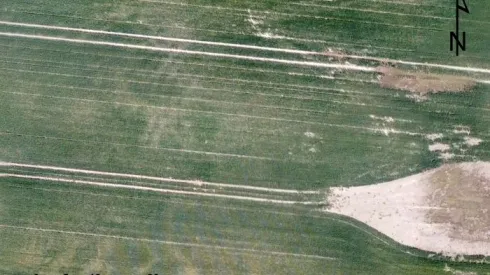
6,000 year-old ritual and ceremonial roundels discovered in Kuyavia
The remains of two roundels, large ritual and ceremonial places from over 6,000 years ago, consisting of circular ditches and palisades, were discovered in Kaczków in Kuyavia. These are the first roundels identified in the area.
-
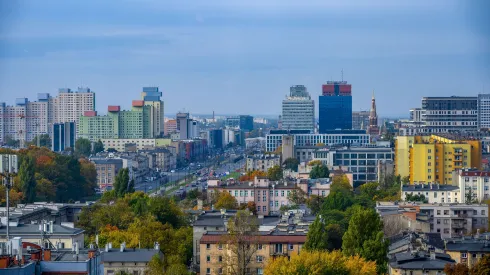
No other city in Europe had such dynamic development as Łódź, says historian
No other city in Europe had such a dynamic development as Łódź, says historian Professor Jarosław Kita.
-
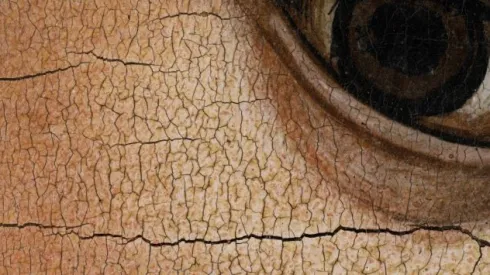
Most museum objects do not require stable microclimate, says expert
Only a small part of museum collections usually require a stable microclimate. Museums do not have to incur huge costs of maintaining constant temperature and humidity. They can make better use of funds for the protection of works of art, argues a scientist who studies the degradation of cultural heritage.
-
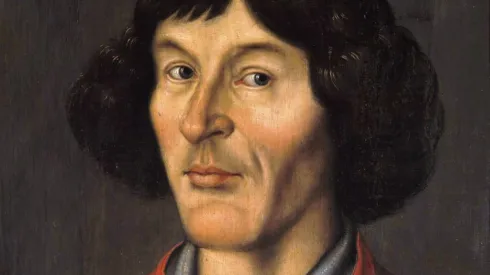
Nicolaus Copernicus clearly identified himself as Polish, says expert
According to Professor Krzysztof Mikulski, Nicolaus Copernicus unequivocally identified himself as a Pole, despite the fact that his mother was from a family that came to Toruń from Germany, and his father's family had its roots in Nysa.
-
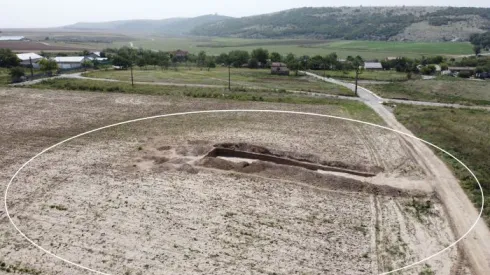
Wolf skull found in grave robber's dig was meant to protect thieves from wrath of the dead, say archaeologists
A wolf skull was supposed to protect robbers from the revenge of the spirit of the deceased buried in a great mound 2,000 years ago. Archaeologists came across this unusual find in the town of Cheia, Romania - in a robber's dig from ancient times.
-
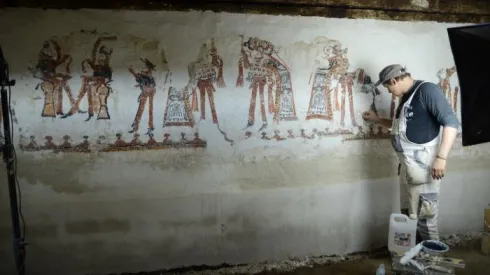
Centuries old paintings of Guatemalan dancers and guitarists restored by Polish experts
Dancers in rich costumes and musicians playing drums, flutes and guitars can be found in paintings dating back several hundred years in houses in Chajul, Guatemala.
-

Pride or prejudice? Psychologists study who is proud and who is ashamed of being Polish
What is Poland like today and what is the attitude of Poles towards their own nation? What shades does contemporary Polishness have and what are contemporary patriots like? Who today is proud of their country, and who is ashamed of it? Scientists have investigated.
-
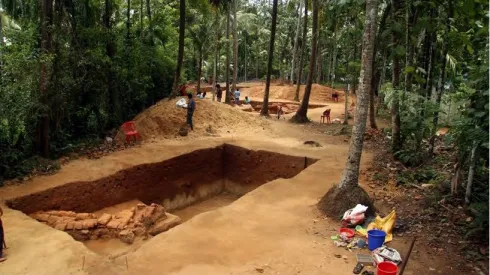
First Polish excavations in India to start in 2024. Target: ancient intercontinental port
An ancient intercontinental transhipment port, probably ancient Muziris in today's India, from which products were shipped to Europe over 2,000 years ago by Egyptians, among others, will be the target of Polish archaeologists. The research will start in March 2024.












